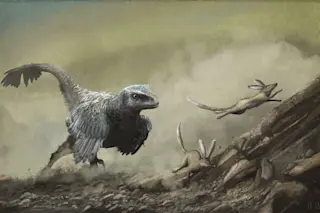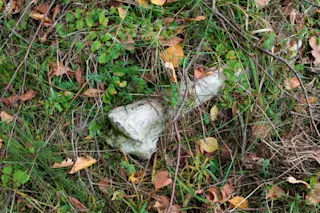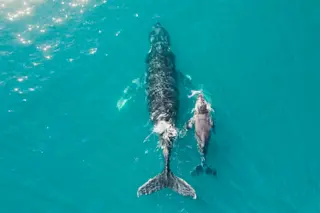Despite having roamed the planet millions of years ago, thanks to advances in technology, dinosaurs aren’t as inscrutable today as they once were.
And over the past decades, in addition to studying what they acted like, including their habits and diets, researchers have specialized in reconstructing and depicting what they looked like — all the way down to specific details like texture and color.
But how do scientists go about pinpointing these details for creatures that died 65 million years ago? It turns out, we actually know more about dinosaur looks than you might think.
Of course, there are dinosaurs we know a lot about and dinosaurs we know virtually nothing about — fitting for such a vast, diverse category of animals, and it's important to resist the urge to lump all dinosaurs together.
But some scientists still argue that reconstructing the appearance of certain dinosaurs is an extremely nuanced, ...















